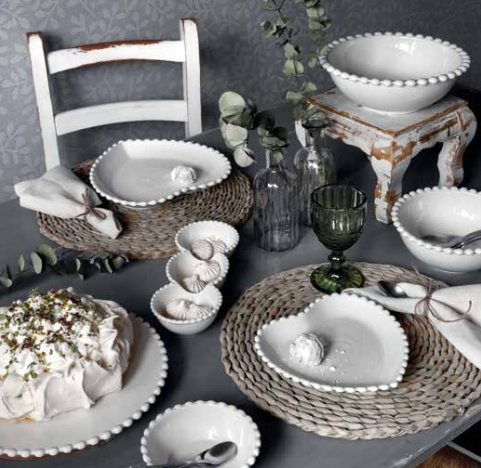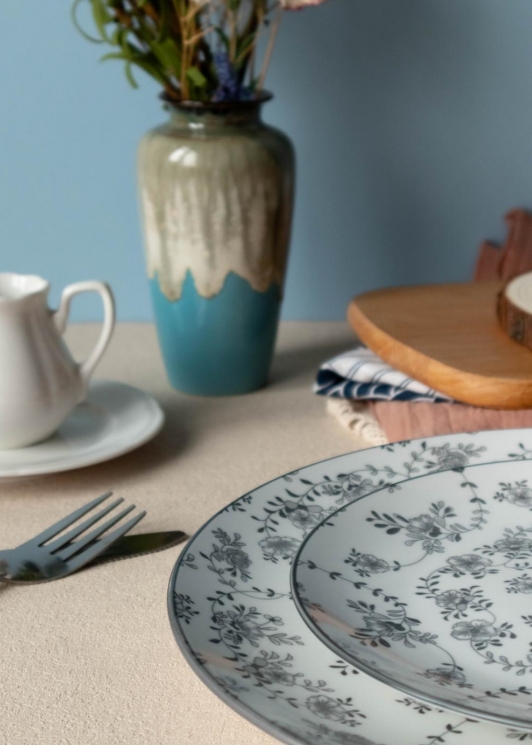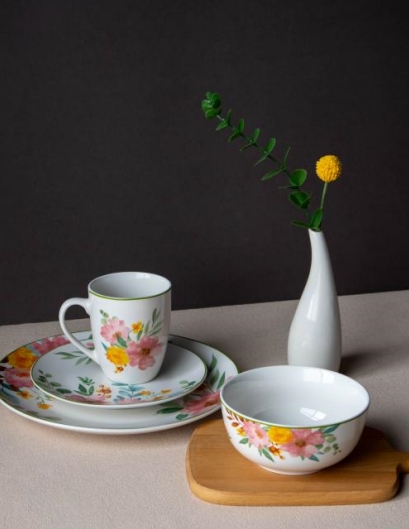The Role of Ceramics in Modern Architecture and Design
The Role of Ceramics in Modern Architecture and Design
Release Date: June 5, 2024
The ceramic industry is playing an increasingly pivotal role in modern architecture and design. From innovative building materials to aesthetically pleasing decor, ceramics are being utilized in new and exciting ways, enhancing both functionality and beauty in contemporary spaces.
Innovative Building Materials
1. **Ceramic Facades**:
- Ceramic facades are becoming a popular choice for modern buildings. Known for their durability, weather resistance, and low maintenance, ceramic facades provide both aesthetic appeal and practical benefits. These facades are available in a wide range of colors, textures, and finishes, allowing architects to create visually striking exteriors.
2. **Insulating Ceramics**:
- Advanced ceramic materials with insulating properties are being used in construction to improve energy efficiency. These materials help regulate indoor temperatures, reducing the need for heating and cooling and thereby lowering energy costs. Insulating ceramics are particularly beneficial in green building projects aiming for sustainability certifications.
#### Interior Design Applications
1. **Ceramic Tiles and Flooring**:
- Ceramic tiles and flooring are staples in interior design, valued for their versatility, durability, and ease of maintenance. Innovations in design and manufacturing have led to a diverse array of styles, including wood-look and stone-look ceramics, that cater to various aesthetic preferences while providing the practical benefits of ceramic material.
2. **Decorative Ceramics**:
- Decorative ceramics, such as vases, sculptures, and wall art, are gaining popularity as focal points in interior spaces. These pieces add artistic value and unique character to homes and commercial spaces. Customization options allow designers to create bespoke ceramic artworks that reflect individual tastes and design themes.
Sustainable Design Solutions
1. **Eco-friendly Ceramics**:
- The shift towards sustainable living is driving the demand for eco-friendly ceramic products. Manufacturers are producing ceramics using sustainable practices, including recycling waste materials and reducing energy consumption. Eco-friendly ceramics are not only environmentally responsible but also meet the high standards of modern design.
2. **Water-saving Sanitary Ware**:
- Ceramic sanitary ware, such as toilets and sinks, is being designed with water-saving features. These products incorporate advanced flushing mechanisms and low-flow faucets to minimize water usage without compromising functionality. Water-saving ceramics are essential in creating sustainable bathroom solutions for residential and commercial buildings.
Technological Integration
1. **Smart Ceramics**:
- The integration of smart technology into ceramic products is revolutionizing their use in modern architecture. Smart ceramics include features such as temperature control, lighting integration, and responsive surfaces that enhance the functionality and user experience of ceramic installations.
2. **Interactive Ceramic Surfaces**:
- Interactive ceramic surfaces, embedded with touch-sensitive technology, are being used in innovative ways within interior spaces. These surfaces can serve as interactive displays, control panels, or decorative elements that respond to touch and movement, adding a futuristic dimension to interior design.
Conclusion
Ceramics are at the forefront of modern architecture and design, offering a blend of aesthetic appeal, functionality, and sustainability. As the industry continues to innovate, the applications of ceramic materials in building and interior design will expand, providing designers and architects with new tools to create inspiring and sustainable spaces. The future of ceramics in architecture and design looks bright, with endless possibilities for creativity and technological integration.








